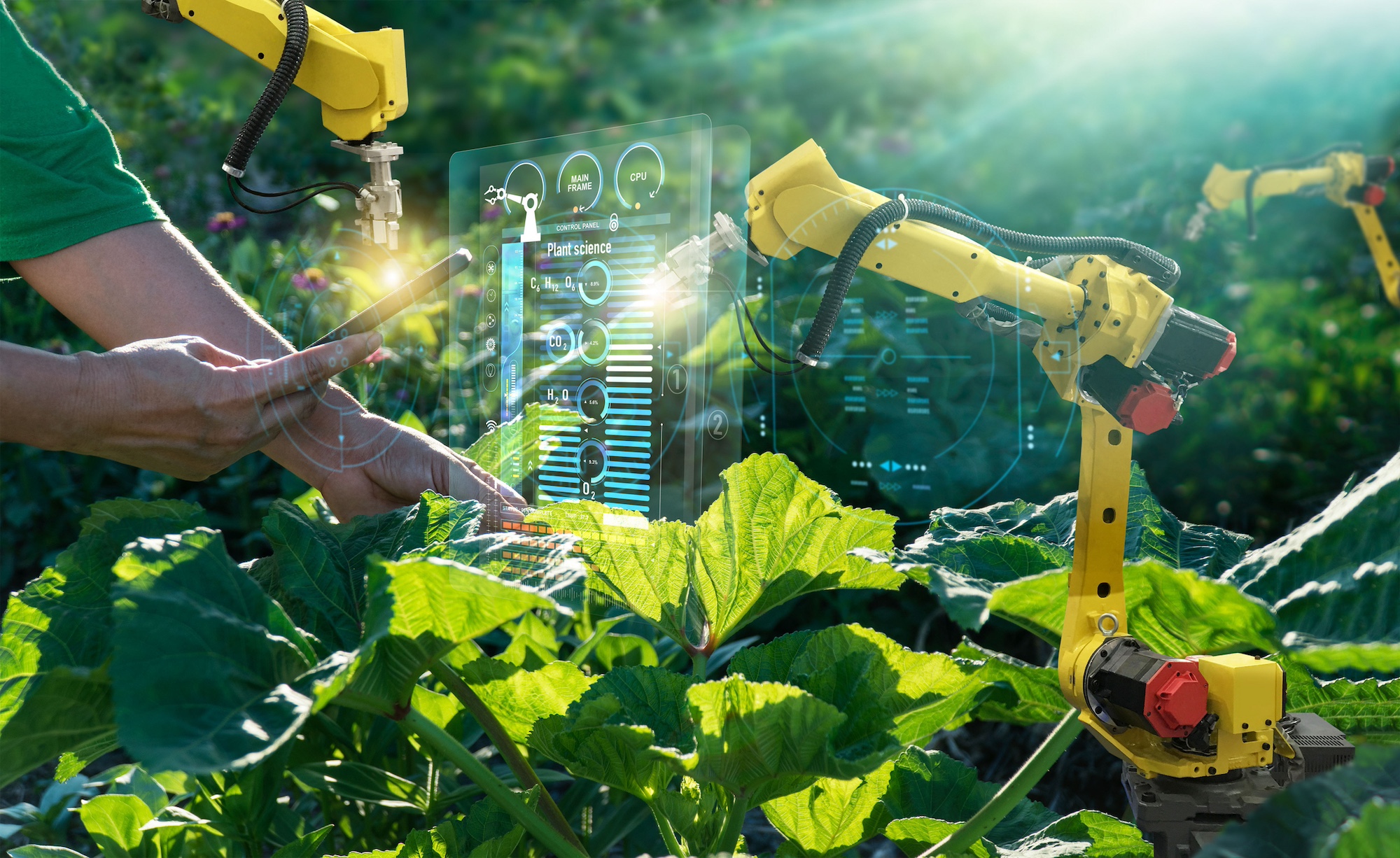In recent years, agriculture has been undergoing a quiet revolution that has the potential to transform the industry as profoundly as Tesla’s manufacturing innovation transformed the automotive world.
This revolution is farming incorporating artificial intelligence (AI), a groundbreaking approach that combines the precision of manufacturing with the age-old practice of agriculture for Queensland producers.
While manufacturing has long embraced automation and AI to ensure consistent quality, agriculture has remained reliant on manual labour and seasonal workers. In countries like Australia, where the agricultural workforce is aging rapidly, the need for skilled labour is greater than ever.
Farming, with its integration of innovative technologies like AI and machine learning, holds the key to bridging this gap and usher agriculture into the modern era.
The ARC Industrial Transformation Research Hub for Driving Farming Productivity and Disease Prevention, hosted at and led by Griffith University, is already working with local producers from fruit production to lobster farming to deliver more efficient and improved outcomes.
“Farming, with its integration of innovative technologies like AI and machine learning, holds the key to bridging this gap and usher agriculture into the modern era. “

Strawberries, sugar cane and lobsters
At Sunray Strawberries at Wamuran, the DeepBerry automated monitoring system uses both visual and infrared imaging to accurately detect ripeness, bruising, fungus, fruit size, shape, and foreign objects, and can process more than 7,000 punnets per hour.
Testing has shown this system has a higher accuracy and greatly improved consistency when compared to current human quality checking, leading to increased quality and consistency of fruit and reduced labour costs.
By leveraging automation and AI, the Hub provides a solution to the labour shortages that have plagued the agricultural sector. In Australia. AI farming provides an opportunity to attract new talent to the industry, as it requires a different skill set – one that is focused on managing and optimising intelligent systems rather than laborious manual work.
At Davco Agriculture in Ayr the Hub is increasing the efficiency of sugarcane planting, by accurately monitoring planting rate and billet quality in a live production environment.
Using this technology, cane planters can monitor and geolocate length of billets, nodes per billet as well as planting densities including detecting planting gaps.
The Hub’s aim is to integrate this technology into new planting machinery, revolutionising the industry both within Australia and internationally.
And at Australian Bay Lobster Producers Limited at Chinderah, the Hub has integrated machine vision and robotics technology into many aspects of this world-first lobster farming facility and is an integral part of the company’s business strategy.
Continuous, automated monitoring of larvae tanks allows for precision feeding, optimising growth rate of the larvae and significantly reducing mortality, while also reducing labour costs for this critical stage of lobster development
We want to help growers grow better produce and lower their costs using the wealth of technologies that we have at our disposal leading to more competitive prices at the supermarkets.
As we witness the profound changes AI farming is bringing to the strawberry, sugarcane and lobster industries, it’s clear the benefits of this innovative approach will continue to ripple throughout the agricultural sector, reshaping the way we produce food for generations to come.
Author
Professor Yongsheng Gao is an active researcher with international reputation in person identification and environmental informatics research. His research spans computer vision, pattern recognition, biosecurity, pest and disease recognition, vison for agriculture, face recognition, medical imaging, biomedical engineering, and system integration. He has made significant contributions to both fundamental theories and applied research that can solve important industrial problems
